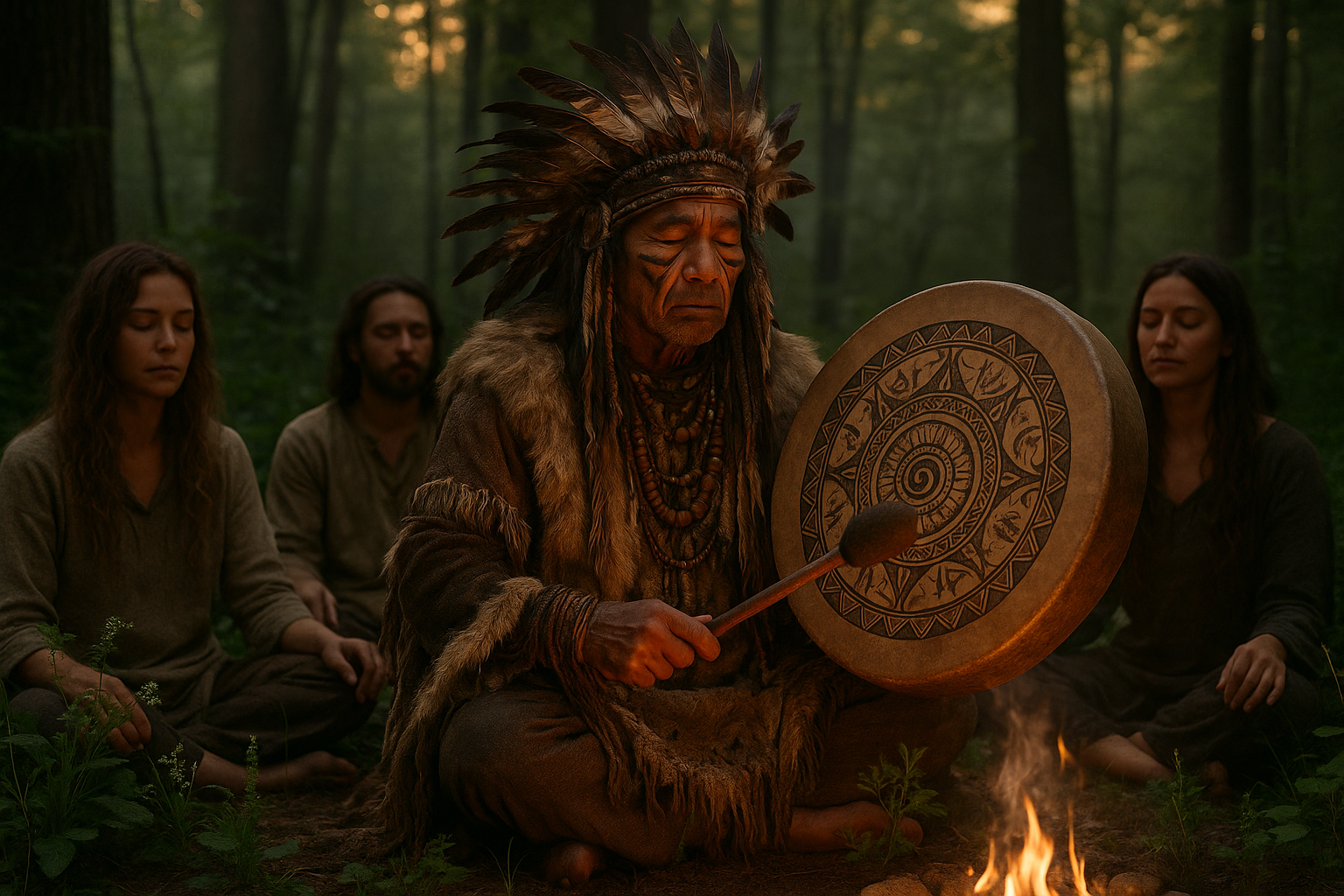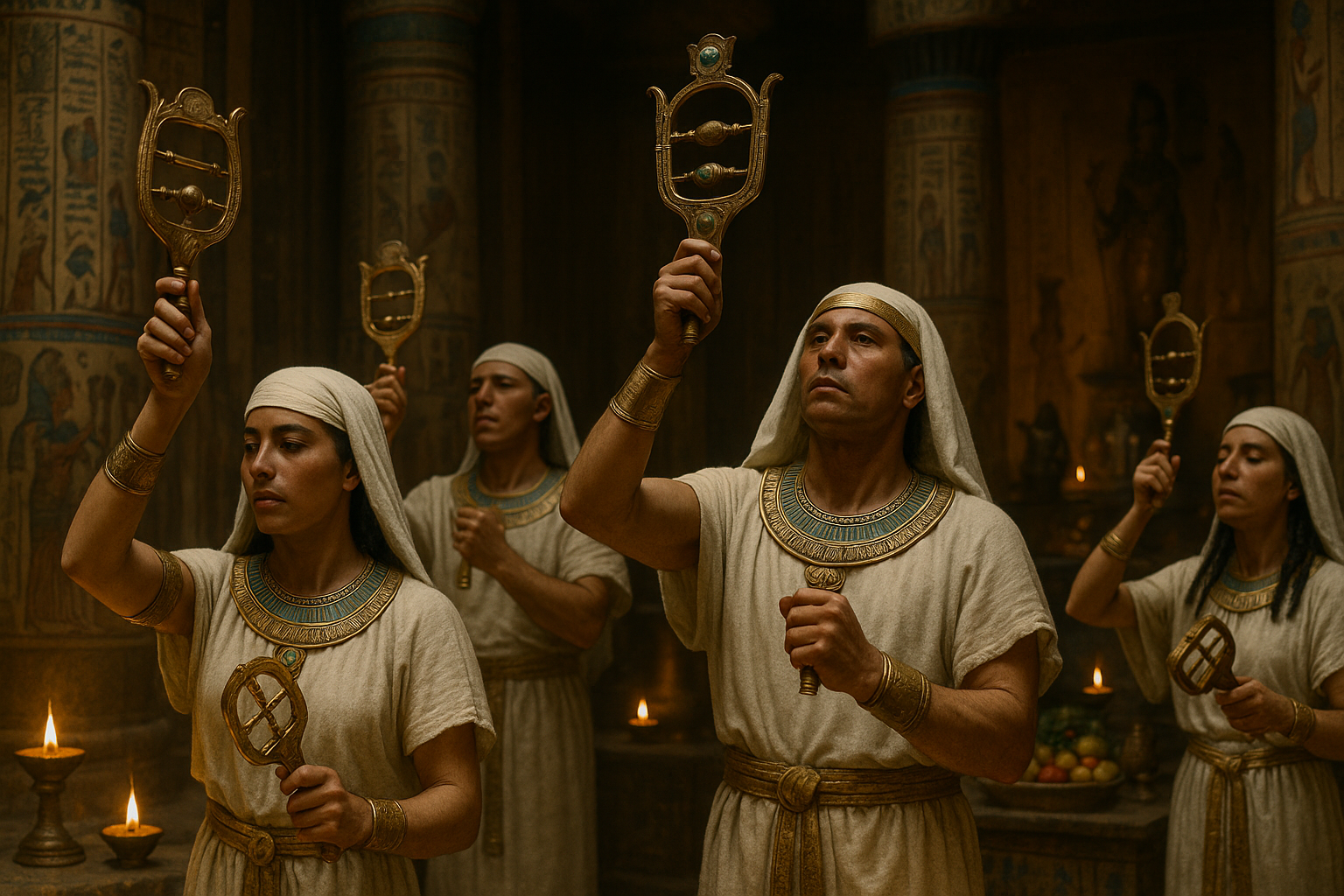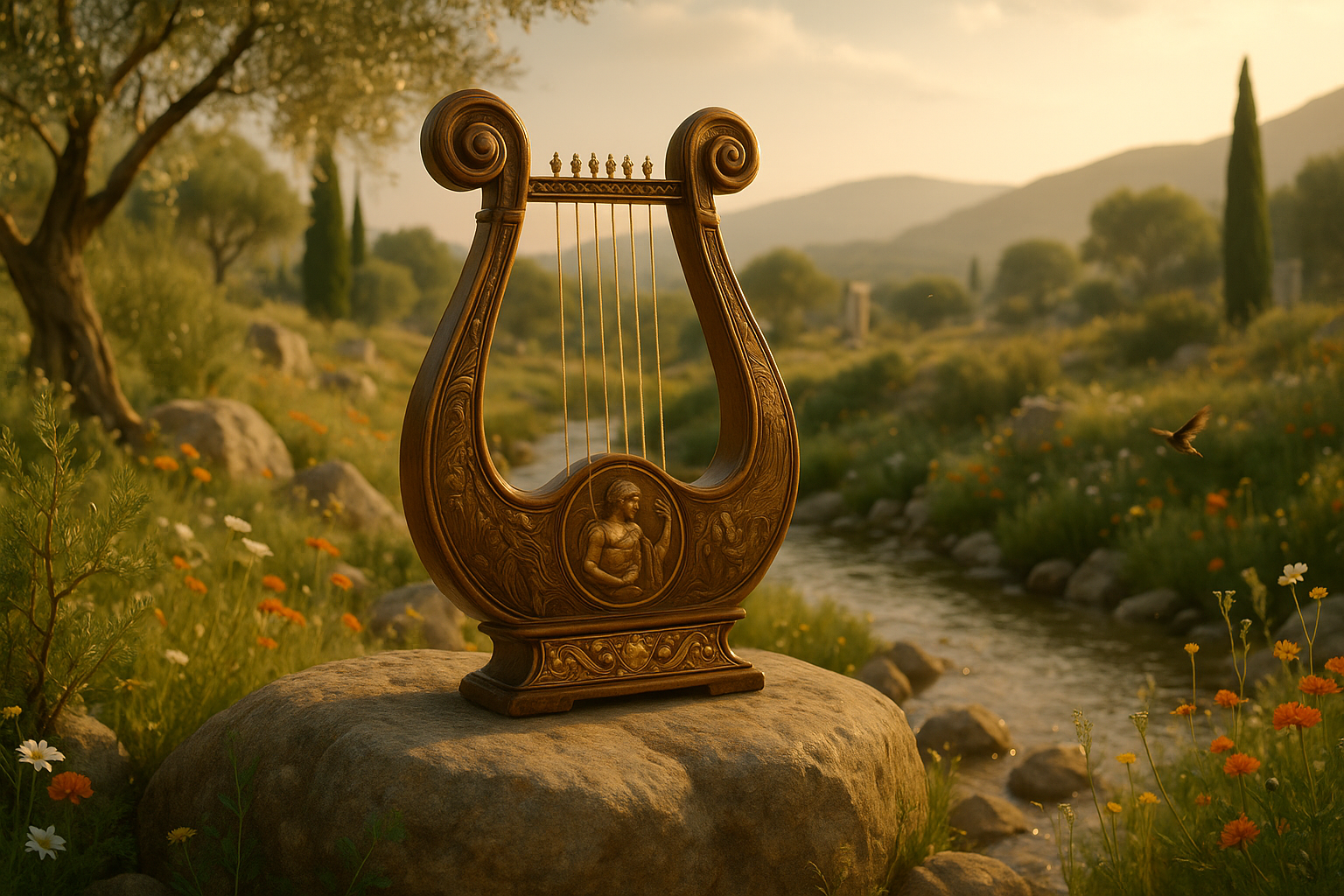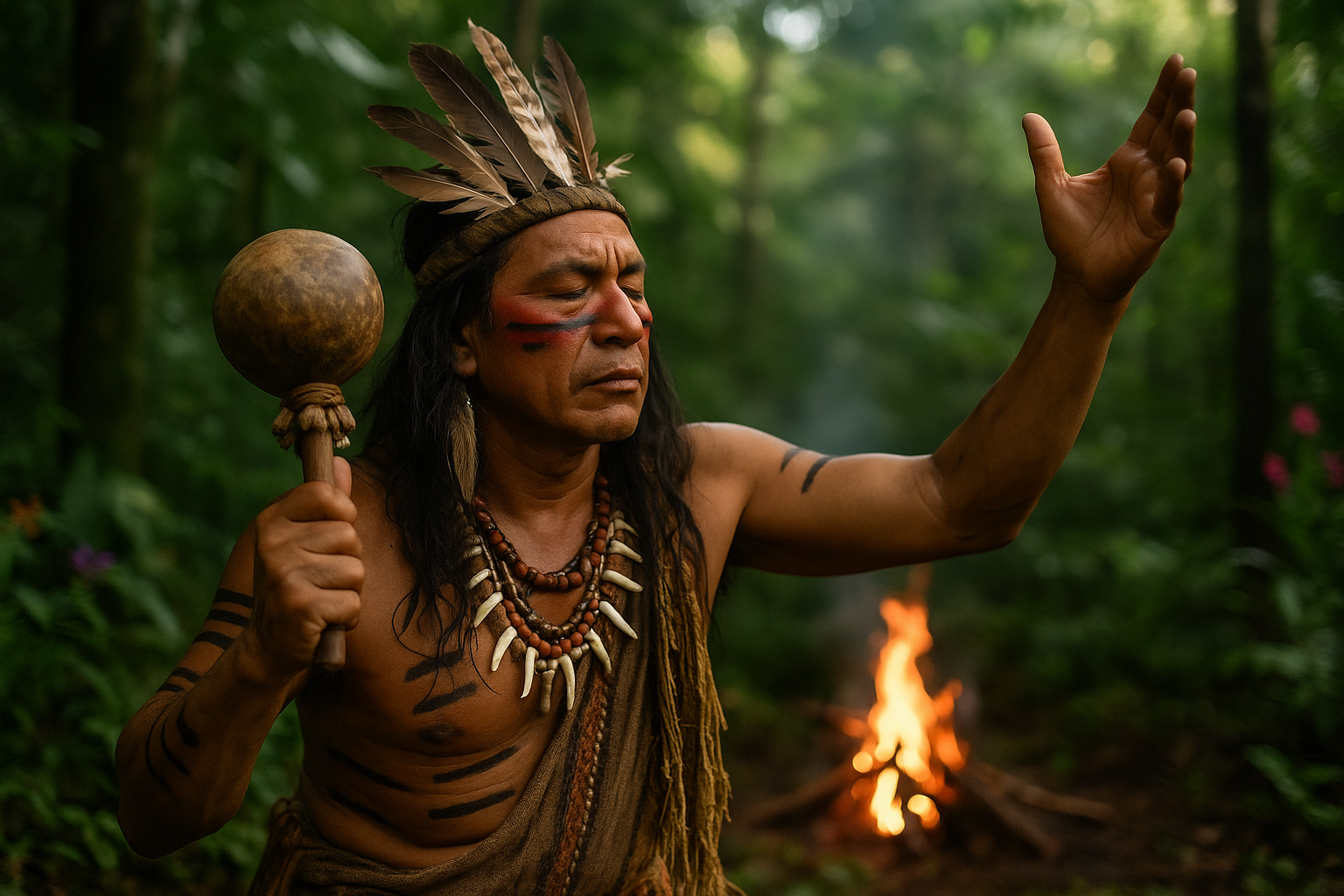Imagine a world where the soft glow of the moonlight intertwines with the enchanting notes of music, creating a mesmerizing tapestry of sound and serenity. This is not just a whimsical fantasy but a cherished tradition that has spanned cultures and centuries. Moonlight music traditions offer a unique blend of auditory and visual experiences, enveloping listeners in a cocoon of magic and wonder. 🌕✨
The allure of moonlight has captivated human imagination since time immemorial. Across the globe, diverse cultures have paid homage to this celestial body, weaving its silvery beams into the fabric of their musical heritage. From the haunting melodies of Eastern nocturnes to the rhythmic cadences of African moonlit gatherings, these traditions offer a glimpse into the soul of humanity, reflecting our deepest emotions and aspirations.
In this article, we embark on a magical journey through time and sound, exploring the rich tapestry of moonlight music traditions. We will traverse continents and centuries, uncovering the stories and sounds that have been inspired by the gentle glow of the moon. As we delve into this enchanting realm, we will discover how these traditions have evolved, how they continue to thrive, and what they reveal about the human experience.
Our journey begins in the mystical lands of the East, where the moon has long been revered as a symbol of beauty and enlightenment. Here, we will explore the ethereal strains of traditional Japanese music, where the koto and shakuhachi create an atmosphere of tranquility and introspection. In China, the moon has inspired countless compositions, from the delicate notes of the guzheng to the evocative melodies of the erhu. Each piece tells a story, drawing the listener into a world of poetic imagery and serene contemplation.
As we move westward, we encounter the vibrant rhythms of Africa, where moonlit gatherings have long been a cornerstone of community life. In many African cultures, music and dance are integral to celebrations held under the open sky. The beating of drums, the haunting call of traditional flutes, and the joyful clapping of hands create an irresistible energy that invites all to join in the celebration. Here, the moon serves not only as a backdrop but as an active participant, casting its glow on the dancers and musicians as they weave their spellbinding performances.
Europe offers its own rich tapestry of moonlight-inspired music, from the romantic serenades of Italy to the classical compositions of the great masters. In the Renaissance era, composers often drew inspiration from the moon, crafting intricate pieces that captured its mystical allure. The tradition continued into the Baroque and Classical periods, with luminaries like Beethoven and Debussy creating timeless works that evoke the moon’s enigmatic charm. 🎶
In the Americas, moonlight music traditions have taken on diverse forms, reflecting the continent’s rich cultural mosaic. From the soulful strains of Native American flutes to the passionate rhythms of Latin American guitar, these traditions celebrate the moon as a source of inspiration and creativity. Jazz, with its roots deeply embedded in African-American culture, also finds its place in this narrative, with moonlit improvisations offering a canvas for artistic expression and emotional depth.
But moonlight music traditions are not relics of the past; they are vibrant and evolving, adapting to the modern world while retaining their timeless appeal. Today, artists across the globe continue to draw inspiration from the moon, blending traditional sounds with contemporary influences to create new and exciting musical landscapes. This fusion of old and new not only keeps these traditions alive but also ensures their relevance for future generations.
In this exploration, we will also consider the broader impact of moonlight music traditions on society and culture. How do these traditions foster a sense of community and connection? What role do they play in our understanding of nature and the cosmos? And how do they inspire us to reflect on our own place in the universe? These are just some of the questions we will ponder as we delve into the world of moonlit melodies.
Join us as we embrace the enchantment of moonlight music traditions, a journey that promises to be as illuminating as it is enchanting. Whether you are a seasoned aficionado or a curious newcomer, there is something magical to discover in the timeless interplay of moonlight and music. As we turn the pages of this rich and varied history, let the sounds and stories of the moon guide us on a voyage of discovery, imagination, and inspiration. 🌙
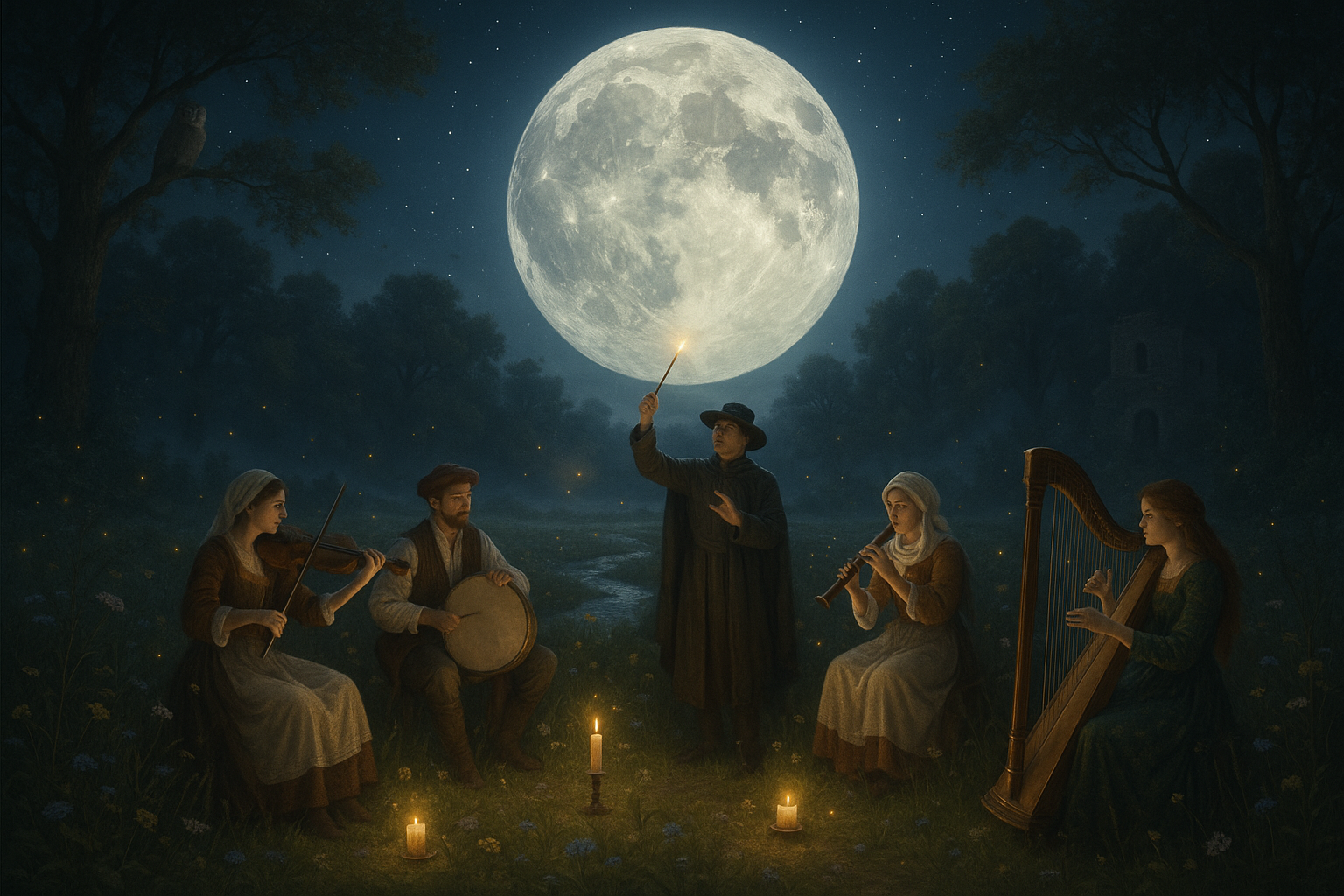
Conclusion: Embrace the Enchantment of Moonlight Music Traditions 🎶
As we draw our magical journey through the moonlit world of musical traditions to a close, it’s essential to reflect on the rich tapestry of sounds and stories that have captivated us. This exploration has not only highlighted the diverse cultural expressions that music embodies but also emphasized its timeless ability to connect us across different eras and geographies.
From the ancient rhythms that echoed under the full moon in tribal gatherings to the classical symphonies performed in moonlit courtyards, the power of music to evoke emotion and inspire change is undeniable. These traditions, deeply rooted in the cultural identities of communities, remind us of the shared human experience and our innate connection to nature and the cosmos.
In revisiting these musical traditions, we have uncovered the profound impact of moonlight on creativity and expression. The serene glow of the moon has inspired countless artists and musicians, serving as a muse for compositions that transcend time. Whether it is the haunting melodies of a nocturne or the rhythmic beats of a traditional drum circle, moonlit music continues to enchant listeners, offering solace and inspiration.
Moreover, this exploration underscores the importance of preserving these traditions for future generations. As we embrace modernity, it is crucial to remember and honor the musical legacies that have shaped our cultural landscapes. By doing so, we ensure that the stories and sounds of our ancestors continue to resonate with the vibrancy and depth they deserve.
🎵 Engage and Explore: As you reflect on these themes, consider how you can integrate the magic of moonlit music into your own life. Attend local performances, explore traditional music from different cultures, or simply take a moment to listen to the sounds of nature under the moonlight. Share your experiences and insights with others—your comments can inspire further exploration and appreciation for these timeless traditions.
Let’s keep the conversation alive! Share this journey with friends and family, and encourage them to dive into the enchanting world of moonlit musical traditions. Together, we can preserve and celebrate the beautiful tapestry of sounds that define our shared heritage.
🔗 Learn more about Moonlight Music Traditions
Thank you for joining us on this magical journey through time and sound. Your engagement and curiosity help keep these traditions alive, allowing them to continue enchanting audiences for generations to come. 🌙
Toni Santos is a cultural storyteller and food history researcher devoted to reviving the hidden narratives of ancestral food rituals and forgotten cuisines. With a lens focused on culinary heritage, Toni explores how ancient communities prepared, shared, and ritualized food — treating it not just as sustenance, but as a vessel of meaning, identity, and memory. Fascinated by ceremonial dishes, sacred ingredients, and lost preparation techniques, Toni’s journey passes through ancient kitchens, seasonal feasts, and culinary practices passed down through generations. Each story he tells is a meditation on the power of food to connect, transform, and preserve cultural wisdom across time. Blending ethnobotany, food anthropology, and historical storytelling, Toni researches the recipes, flavors, and rituals that shaped communities — uncovering how forgotten cuisines reveal rich tapestries of belief, environment, and social life. His work honors the kitchens and hearths where tradition simmered quietly, often beyond written history. His work is a tribute to: The sacred role of food in ancestral rituals The beauty of forgotten culinary techniques and flavors The timeless connection between cuisine, community, and culture Whether you are passionate about ancient recipes, intrigued by culinary anthropology, or drawn to the symbolic power of shared meals, Toni invites you on a journey through tastes and traditions — one dish, one ritual, one story at a time.

